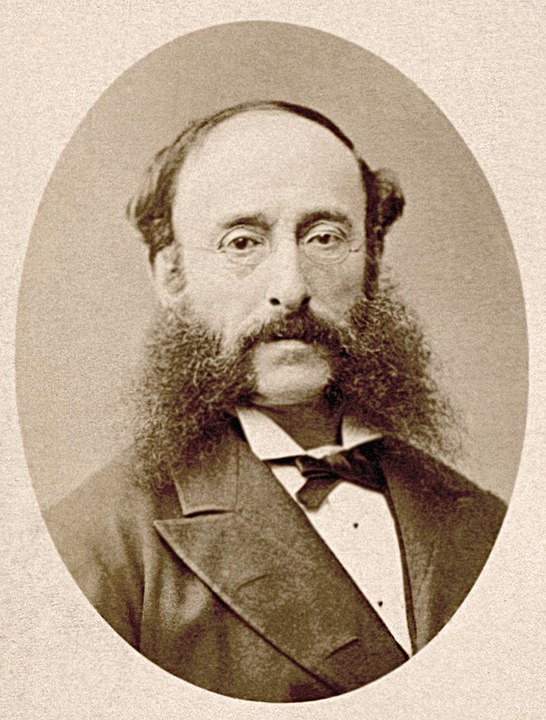Wire Services and Carrier Pigeons
Over the last few years, I’ve spent time learning about the larger history of journalism in order to understand Sigrid Schultz in context.
The growth of the wire services was an important part of that story. The services were predecessors to the foreign news bureaus that developed after World War I and then their competitors.
As the name implies, the wire services were founded in the mid-nineteenth century in response to the development of the telegraph (i.e. the wire). But I was surprised to learn that that one of the earliest series, Reuters, began as a “bird service” rather than a wire service.
In 1848, when Europe was torn by revolutions, German-born Paul Julius Reuter worked in a Paris-based news agency, where he translated extracted from French publications to send to papers in Germany. He noticed an opportunity in the form of a gap in telegraph service between Brussels and Aachen, the terminal points between the French-Belgian and German telegraph lines. News traveled between the two cities by mail train. Anyone who could find a faster way to send financial news would have a serious advantage. Reuters left Paris and set up his own news agency in Aachen, using carrier pigeons to fill the gap and send information from the Paris stock exchange to Berlin.
The advantage only lasted until the telegraph connected the two cities a year later, but it was long enough to establish Reuter as a player in the news agency game. When the new Dover-Calais line opened in 1851, he relocated to London, where his company grew into one of the great European news services.





